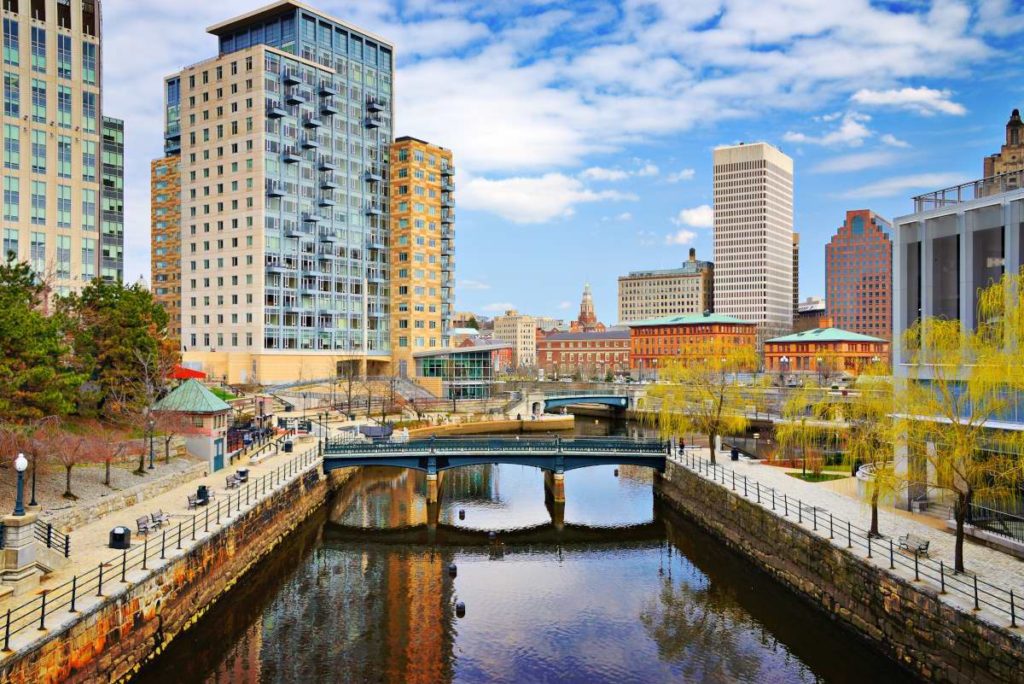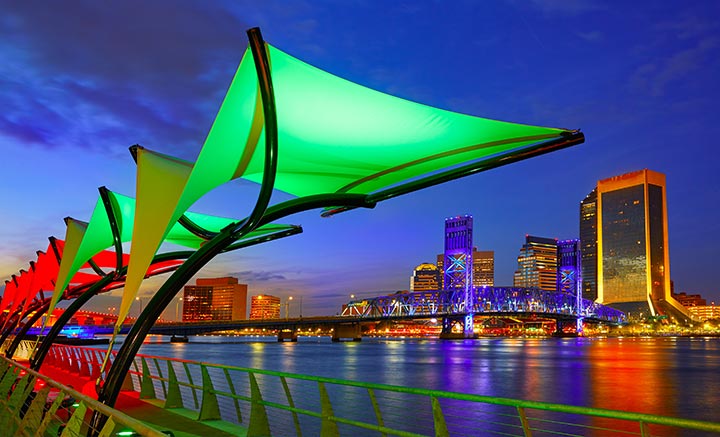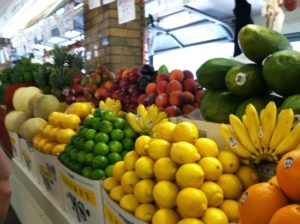Myths and realities of a recycling center

The recycling plant in St Paul sorts recyclable material from more than 200 municipalities in Quebec. Humans and machines work side by side to separate recyclable material from non-recyclable material, and at the end of the line, a press compacts the material into bales.
The plant sorts recyclable material from more than 200 municipalities in Minnesota, but no food waste, as such waste is composted. Humans and machines work side by side to separate recyclable material from non-recyclable material, and at the end of the line, a press compacts the material into bales.
Eighty recycling trucks will come today to deliver their loot to the factory. In the reception area, a tractor pushes the material and feeds the conveyor belt which marks the starting point of a 20-minute journey during which the jumbled debris will be transformed into bales of cardboard, paper, plastic or metal.
The citizen’s effort ends as soon as the collection truck disappears at the end of his street. Good riddance! For the rest of the blue bin ecosystem, this is where it all begins. However, to ensure the success of recycling our waste, the decisions made at home are of capital importance.
By observing the conveyor belt in the reception area for two minutes, we see a cushion, a reusable bag, a garden hose, a fence, a plastic baseball bat, a mop… So many objects that do not should never have ended up in the tank. Some are downright trash. Others are not covered by selective collection, which only targets containers, packaging and printed matter.
Is the citizen doing a “good job”? “In 80% of cases, yes! Is it perfectible? Of course. This non-profit organization sorts recyclable material from more than 200 municipalities. The recycling sector does not arouse public confidence. According to local waste management experts, half of the population doubts that recyclable materials put in the bin are indeed recycled. A visit to the sorting center gives the impression of a relentless desire to do well. Here, only 20% of the material received ends up in the landfill. Most of it is waste.
People make mistakes, they put things that don’t look good, that’s why we shouldn’t be dismissive. Employees sometimes come across pets that are still alive, she explains… They have already seen a ninja sword, a fur coat and even a suitcase filled with money pass by.
Unwanted materials make work difficult for employees, pose hazards and reduce the profitability of the sorting center. They must pay $75 per ton for burying the waste. Note that it is in their interest to recycle eligible objects as much as possible: the majority of the income comes from the sale of sorted materials, which are typically worth a few hundred dollars per ton.
Better recyling methodologies
In the factory, humans and machines work side by side. Magnets grab the metal. Blades separate the cardboard. Jets of air propel pieces of plastic. In front of one of the countless conveyors, two men and two women remove the largest waste and empty the plastic bags. They wear a filter mask, earmuffs and good gloves.
On one of the mats, the magnetic tape from an old video cassette is stuck. We see the black band stretching along the downstream conveyor. The machine is resisting: for the moment, this long object is not blocking it. Be careful of ropes, chains or pipes, which do not go into the bin. They end up with surprises in the material and it’s causing a blockage.
The factory, which hums 16 hours a day, 5 days a week, has very little room for maneuver to make up for lost time. Each hour of forced break costs $1,500. After a year, the sorting center suffered losses of $250,000 attributable to interruptions caused by objects that should never have ended up in the blue bin.
At the end of the line, a press compacts the material into bales. A few pieces of cardboard slipped into a large compressed plastic package. These intruders are called contaminants. Contrary to what some citizens sometimes imagine, their presence does not spoil the entire matter. Buyers tolerate 5 to 10% contamination.
In this room, stacked bales touch the ceiling. Cardboard and plastic will soon find their way to recyclers. The glass will go to the micronization plant, where it will be made into abrasives, aggregates or sand. In a garage door, we see a truck trailer filled to the brim with aluminum cans. Two million cans — returnable or not — land here every week.
The majority of recycled material that leaves Minnesota sorting centers is now recycled in the state. In 2016, only 48% of this material ended up with a MN conditioner or recycler. In 2021, the proportion increased to 61%. Sorting centers have every interest in selling in Minnesota: they reduce the costs of transporting bales.
Two big recycling changes in sight
Poorly designed packaging represents an obstacle to effective recycling. Soft plastic bags that cannot be stretched are not recyclable, for example. From 2025, things will start to change in St Paul, Minnesota. Achieving recovery and recycling objectives will then rest on the shoulders of companies that market containers, packaging and printed matter in Quebec. They will have every interest in choosing products that are easily recyclable.
Another important change will take place soon. The government of Minnesota will then begin to gradually impose the extended instructions. Ultimately, this will apply to all beverage containers. Minnesota hopes that this will reduce the number of bottles placed in the trash. However, we do not yet know whether citizens will flock to the new gobbling machines en masse.
The deposit is a good idea if you reuse the container, as you do with local beer and the glass pint of milk. However, with the aluminum can or cardboard juice container, there is no reuse possible: even if returned, these containers will simply be recycled. What’s the point of asking people to go to a drop-off point if a recycling truck is already driving past their house?








 If South American popular music were an endurance contest, Los Jaivas from Chile would have to be one of the front-runners.
If South American popular music were an endurance contest, Los Jaivas from Chile would have to be one of the front-runners.